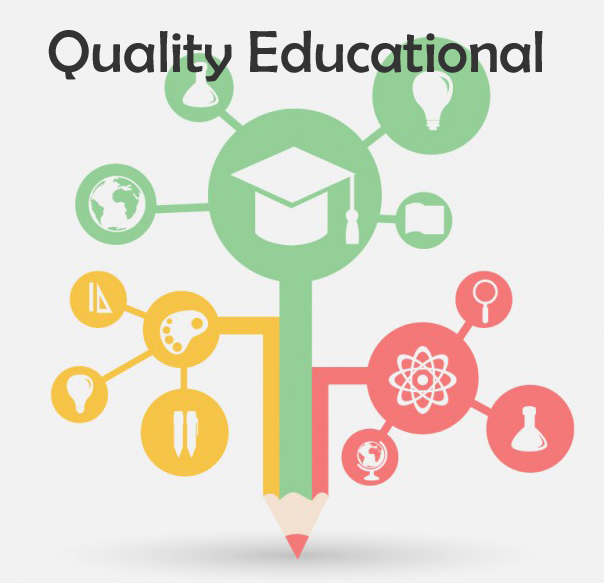Why Quality Educational Service is Greatly in Demand Today?
Quality Educational Service
Despite education achieving so much at the national level, there is so much to be done when it comes to offering quality education to learners. Globally, countries continue to fight the issues of school drop outs and illiterate adolescents and adults. The quality of teaching and the ability to describe and check this quality is also lacking in almost every developing country. There is inequality in didactic prospects and quality educational services where gender, locality, cultural background, and socio-economic status demarcate learning achievements. The funds and capacity of education are bound to the confines of historical models whereas the use of high quality educational practices continues to be insignificant.
Today, global economy is knowledge-driven, speedy and competitive. Countries must endure the challenges of quickness, learning, and networking to attain quality, efficiency, and flexibility. However, due to lack of efforts to adjust to the rising demands of globalized economy, countries are experiencing scarcity of competent workforce who possesses the essential educational qualifications and the ability to learn new skills quickly.
Challenges faced due to escalating demands for quality educational services:
- Current financial, political, social, and technical needs insist that every member of the society must have the basic minimum education. Here the main challenge is to take physically viable, economically workable, and culturally (socially) suitable educational services to underserved citizens.
- Another challenge comes from the employees at workplace who need to continuously learn in order to update their existing understanding and proficiency and stay up to date with development in education and technologies.
- As nations accomplish higher levels of fundamental education, demand for secondary, tertiary and technical education will also increase. Offering advanced education across the nation with the help of scholarship, affordable and efficient means is another challenge.
- Though demand for quality education increases, boost in financial resources is not apparent in the same percentage. The escalating demand for qualitative and quantitative education is not coordinated with increase in funds.
Suggestions for turning quality educational services into a reality:
The challenges mentioned above sternly question the learning and teaching systems and the approach in which education is professed, managed and imparted. Some suggestions to overcome these challenges and make quality educational services a reality are:
- Wholesome edification structure: The future workforce will need holistic knowledge and training to cope with the globalization of technology. Thus, education structure must be flexible enough to adapt to incessant financial and social changes. The countries must invest in various aspects of education including basic education, advanced education, and proficiency training.
- Anytime Education: There is a need for constant access to knowledge and information that can provide endless opportunities for learning to aid people, employees and societies to acclimatize to societal and financial changes. This will leave a path open for those who left education mid way due to whichever reason.
- Anywhere Education: In order to handle the complexity, diversity, and changing educational services, education cannot be restricted to the conventional classroom. Delivery of education must move beyond classrooms to take in distance education, overseas education, mass media, and informal backgrounds.




